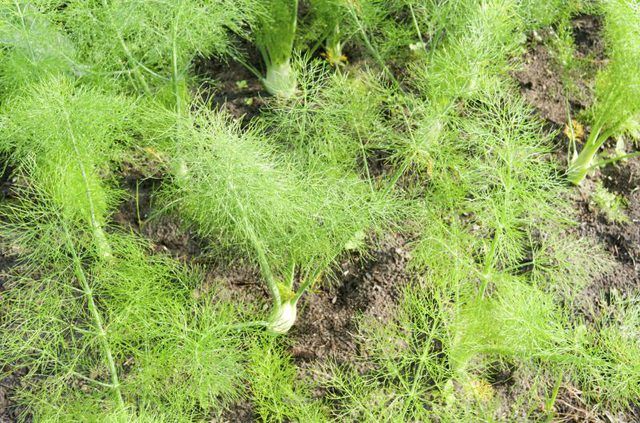Bulbs
Flower Basics
Flower Beds & Specialty Gardens
Flower Garden
Garden Furniture
Garden Gnomes
Garden Seeds
Garden Sheds
Garden Statues
Garden Tools & Supplies
Gardening Basics
Green & Organic
Groundcovers & Vines
Growing Annuals
Growing Basil
Growing Beans
Growing Berries
Growing Blueberries
Growing Cactus
Growing Corn
Growing Cotton
Growing Edibles
Growing Flowers
Growing Garlic
Growing Grapes
Growing Grass
Growing Herbs
Growing Jasmine
Growing Mint
Growing Mushrooms
Orchids
Growing Peanuts
Growing Perennials
Growing Plants
Growing Rosemary
Growing Roses
Growing Strawberries
Growing Sunflowers
Growing Thyme
Growing Tomatoes
Growing Tulips
Growing Vegetables
Herb Basics
Herb Garden
Indoor Growing
Landscaping Basics
Landscaping Patios
Landscaping Plants
Landscaping Shrubs
Landscaping Trees
Landscaping Walks & Pathways
Lawn Basics
Lawn Maintenance
Lawn Mowers
Lawn Ornaments
Lawn Planting
Lawn Tools
Outdoor Growing
Overall Landscape Planning
Pests, Weeds & Problems
Plant Basics
Rock Garden
Rose Garden
Shrubs
Soil
Specialty Gardens
Trees
Vegetable Garden
Yard Maintenance
How to Grow Fennel
How to Grow Fennel. Kitchen gardeners can thank the Mediterranean region for the culinary delights of fennel (Foeniculum vulgare) . These short-lived perennial herbs deliver everything from pollen and seeds to bulbous, anise-flavored bases. Depending on the variety, fennels may be hardy from U.S. Department of Agriculture plant hardiness zones 6...

Kitchen gardeners can thank the Mediterranean region for the culinary delights of fennel (Foeniculum vulgare) . These short-lived perennial herbs deliver everything from pollen and seeds to bulbous, anise-flavored bases. Depending on the variety, fennels may be hardy from U.S. Department of Agriculture plant hardiness zones 6 through 10, but many gardeners grow them strictly as cool-season annuals. Whatever your fennel aspirations, some basic growing conditions get the plants started right. Follow-through depends on the variety and your harvest goals.
Setting the Stage
Fennel enjoys locations with well-drained soil and full, direct sun at least six to eight hours per day. Moisture-retentive, yet well-drained soil that freely releases excess water is ideal; water-logged conditions lead to rot. Slightly acidic soil pH near 5.5 to 6.8 suits fennel best, but varieties adapt well to slightly alkaline conditions. Non-bulb, herb fennels create stands up to 5 feet wide over several years, so prepare with the end in mind. Bulb-producing fennel (Foeniculum vulgare var. azoricum) disappears with annual harvest. Enrich fennel's growing bed with 2 to 3 inches of organic compost worked down in soil 6 to 12 inches deep. Grow extra plants for beneficial insects they draw, including swallowtail butterflies and their caterpillars.
Timing and Spacing
All fennel can be planted in spring once soil temperatures warm to 70 degrees Fahrenheit, but bulb fennel struggles with short springs and warm weather. It's best grown as a cool-season annual planted in midsummer and maturing in cool fall temperatures. Depending on variety, it takes about 90 to 110 growing days from seed to harvest. Fennel roots don't like to be disturbed, so avoid transplanting fennel when possible. After seedlings sprout 2 to 3 inches high, thin fennel to leave plants spaced at 12-inch intervals. Over the growing season, herb fennels reach 5 feet tall or more, while bulb varieties grow 2 to 3 feet tall by harvest.
Nurturing Your Crop
Established herb fennel tolerates dry soil, but moisture-filled fennel bulbs need consistent water. Keep soil evenly moist, but never leave fennel soggy. Layer 2 inches of organic compost around fennel to regulate soil temperatures, conserve moisture and provide slow-release nutrition. Add a midseason boost with a single dose of fish emulsion. Mix 1 teaspoon of fertilizer with 1 gallon of water per 250 square feet of fennel. Harvest herb fennel for shoots and leaves all season, and gather pollen or seeds as they develop. Leave stems on bulb varieties until harvest time approaches; they help fuel expanding bulbs. Commercial fennel growers mound soil up around the bulbs once they reach egg size, about three weeks before harvest, to keep bulbs white.
Avoiding Bolting Bulbs
Unless fennel bulbs come to fullness, the crop is considered a loss. Bulb fennel is grown for the bulb, not for foliage, shoots, pollen or seeds. When it flowers prematurely -- known as bolting -- bulbs fail to develop fully. Bulb fennel responds to increasing day length and temperatures, so fall plantings bolt less frequently than spring crops. Direct-sown seeds bolt less often than transplants any time of year, and consistent moisture and proper spacing reduce bolting, too. Grow bulb fennel along with other cool-season, fall-harvest vegetables. It withstands a light frost. Harvest the bulbs before plants flower and go to seed.
Handling Pests and Seeds
Few insect pests bother fennel. Aphids and whiteflies occasionally appear but rarely warrant intervention. A strong water blast from a garden hose dislodges aphids and discourages whiteflies without risk to beneficial insects. Slugs, however, require action. The rind from an annual melon (Cucumis melo) works as an effective, natural slug trap. Place the rind upside down near your fennel in the evening, and dispose of the slug-filled rind come morning. Exercise caution when fennel sets seed; the plants can be invasive. Timely harvests help limit errant seeds.